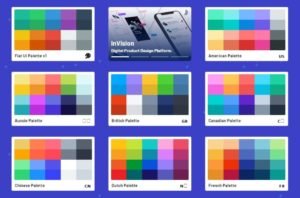We forget how hard scrolling web pages used to be. Most users would painstakingly move their mouse to the right edge of the screen, to use something ancient called a ‘scrollbar’:
You probably used a mouse wheel, cursor keys, or track pad, but you were way ahead of most users. In 2015 it’s far easier to scroll than it is to click. On mobile, you can scroll wildly with your thumb. To click on a precise target is actually more difficult – the complete opposite of what we’re used to on the desktop.
As a result, we should expect more and more websites to be built around scrolling first, and clicking second. And of course, that’s exactly what we’ve seen everywhere:
There’s every reason to expect this trend to continue as mobile takes over more of the market. Modern sites have fewer things to click, and much more scrolling. We’ll see fewer links, more buttons, bigger ‘clickable’ areas, and taller pages that expect to be scrolled.
Websites which spread their articles onto multiple pages will soon learn this lesson. Expect these to turn into longer single pages or even, like TIME magazine, into infinite scrolling pages:
It’s too early to know if the web will expand itself onto devices like watches, but if it ever does, you can bet it’ll be almost entirely driven by gestures.
.gif)




